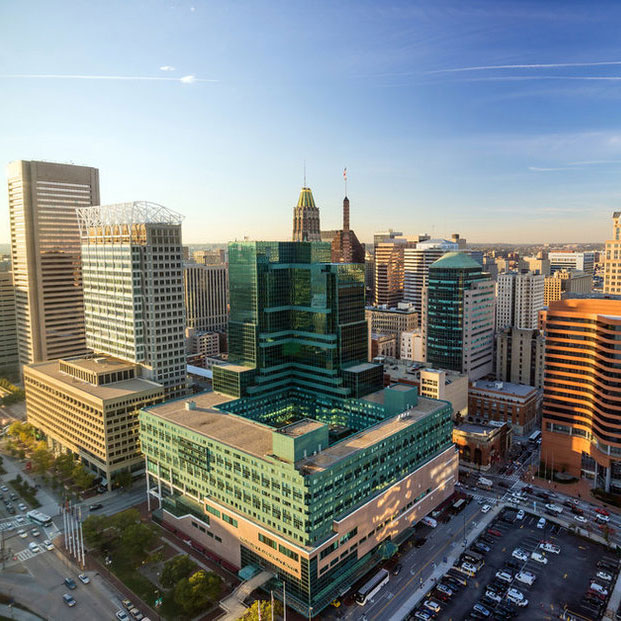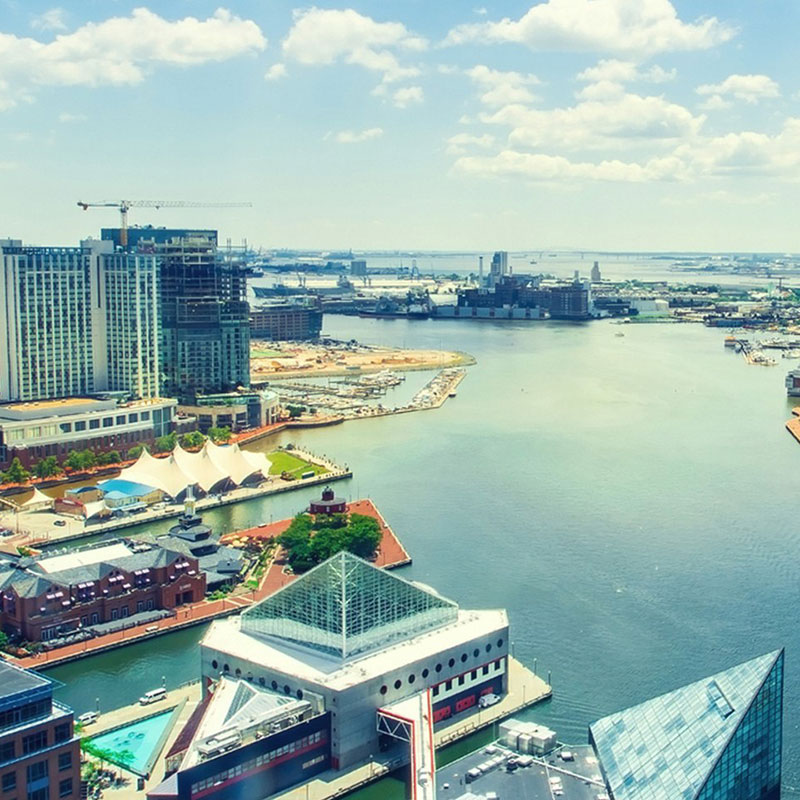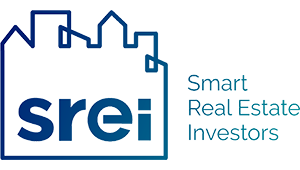Opportunity Zones
What Are Opportunity Zones?
- Provision of the Tax Cuts and Jobs Act of 2017
- Designed to encourage economic growth in distressed communities via tax benefits to investors
- Qualified OZs are census tracts with 20% poverty rate and 80% area median income; 5% qualified tracts can be exempt, must be contiguous
- Incentive for investors that pertains exclusively to recently realized capital gains used as equity capital
- U.S. Treasury estimates up to $100 billion in private capital invested in distressed communities over 10 years


Four Components of Opportunity Zones
- Zones – States designated up to 25% of eligible census tracts, which were then certified by the U.S. Treasury.
- Funds – Qualified Opportunity Funds are investment vehicles (corporations or partnerships), self-certified with Form 8996 filed with federal income tax return.
- Investments – QOFs make equity investments in projects located in Opportunity Zones.
- Projects – Eligible projects are new or substantially improved properties, or stock/partnership interest in operating business.
Tax Rules and Benefits
- Capital gains profits must be realized and invested in a QOF within 180 days to be eligible for benefits.
- 90% of QOF assets must be invested in Opportunity Zone projects each tax year. 30 month safe harbor rule for certain real estate projects.
- Benefit 1: deferral on original capital gains until 2026.
- Benefit 2: a) 10% reduction in tax on gain if held 5 years, b) 15% reduction if held 7 years until 2026.
- Benefit 3: If original gains are held for 10 years, appreciated gains are tax-free


White House Opportunity and Revitalization Council
- Established 12/12/2018, comprised of 13 federal agencies, chaired by HUD Sec. Ben Carson
- Use existing funding and authorities to: focus federal investment in OZs, minimize regulatory costs to investing in OZs, solicit feedback from locals
- Recommend policies to: assist community-based applicants, align program requirements, prioritize support for OZs, develop web-based incentives tool, provide TA, develop metrics for measuring OZ impacts
Baltimore Opportunity Zones Clusters
- West Baltimore Cluster: 17 Census Tracts Pimlico/Park Heights, Mondawmin, Penn North, Reservoir Hill, Druid Heights, Sandtown Winchester, Madison Park, Upton, Poppleton, Hollins Market Midtown-Edmondson
- East Baltimore: 11 Census Tracts Northwood/Morgan State, East Baltimore/Midway, Broadway East, Middle East, Oliver, Perkins Homes, Old Town, Penn-Fallsway, Greenmount West/Charles North


Baltimore Opportunity Zones Clusters, cont.
- Downtown: 1 Census Tract
- Southeast Baltimore: 4 Census Tracts Orangeville/Pulaski Industrial Areas, Bayview, Canton Industrial Area, Greektown, Broening Manor
- South Baltimore: 9 Census Tracts Pigtown, Stadium Area, Westport, Port Covington, Cherry Hill, Curtis Bay, Hawkins Point
